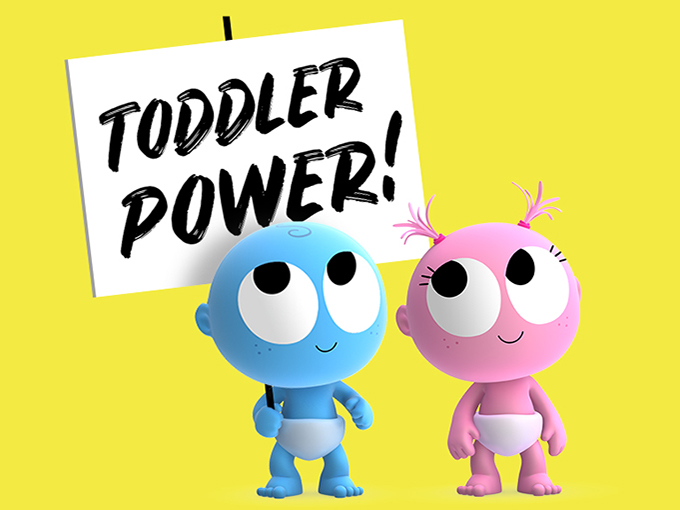By: Arik Kerman
Over the years, technology and touchscreens have let toddlers have more control over what they watch, shifting them from passive viewers to active participants.
This change in agency—even if it’s just selecting a thumbnail picture on a touchscreen—is opening up a relatively untapped audience demographic for producers and platforms.
It could use a name (“nursery” maybe?) and also a content framework made with young children’s emotional and educational needs in mind, but these youngest viewers deserve to be represented with their own segment.
And there’s solid proof that this need exists. With no barriers to entry, YouTube has allowed creators to produce content that targets younger audiences, and they have viewed it by the billions. Now this behavior is transitioning to linear and major streaming platforms, with the success of CoComelon on Netflix (including the CoComelon Lane spinoff it ordered last year) presenting a compelling case study.
Commissioners are starting to understand the wisdom in targeting really young kids—even infants—not only because they are hungry for age-appropriate content, but also because it can help a platform’s bottom line by cultivating family-viewing loyalty and reducing churn in today’s very competitive landscape.
At BabyFirst, we’ve proven this demo can support a viable business model, but it needs to be done right.
When we launched our TV channel in the US 16 years ago, the preschool genre was broadly defined as ages two to six, but the finer target was four- to five-year-olds (with some exceptions, such as Teletubbies). For our channel’s really young viewers (zero to three), this content for four to fives needed to be adapted in terms of length, pace and subject matter. But because it wasn’t made originally with toddlers in mind, it typically didn’t have the same educational value.
And really, no studios were producing content dedicated to infants and toddlers because no channels would air it.
BabyFirst began filling this gap by making sure 90% of its programming was comprised of its own original productions. And in the early years of the channel, an analysis conducted by one of our largest carriers revealed that BabyFirst subscribers, who were getting content for their age group specifically, were more loyal and had significantly lower churn rates. Today, BabyFirst is available in 40 million US households.
We have proven there is demand for pre-preschool content on linear, and now we are calling on the industry to more formally recognize this audience as a category, and start strategically making more content for it.
Arik Kerman is EVP of programming and operations at BabyFirst and So Yummy TV, both owned by digital media company First Media US.
























